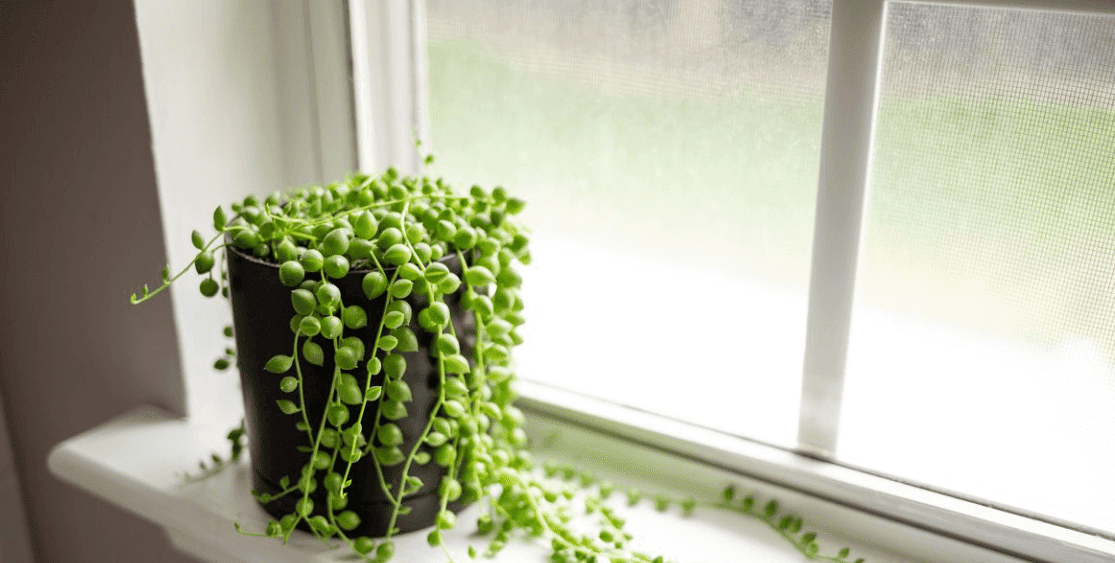Last Updated on January 16, 2024 by a Friendly Gardener
Plant selection is one of the most important steps in transforming your garden. It depends on many factors — the location of your garden, its size and type of soil, and of course your own preferences. Sophisticated and eye-catching, elegant and vibrant, we’ve gathered five of the most gorgeous plants worthy to be in your garden.
But before we move on to those, it’s critical to mention that no matter which plants you choose, the foundation of a thriving garden lies within the fertility of its soil. But what is fertile soil, exactly? It’s a nurturing haven for plants, offering a balanced blend of nutrients essential for their growth. What makes soil fertile is its ability to retain moisture while allowing for proper drainage, ensuring the roots have access to both water and oxygen. This ideal combination fosters a welcoming environment for beneficial organisms like earthworms and microorganisms, cultivating a vibrant ecosystem within the earth that supports plant health and growth. Soil fertility serves as the lifeblood of a garden, laying the groundwork for lush, resilient plants that thrive effortlessly.
Japanese Iris
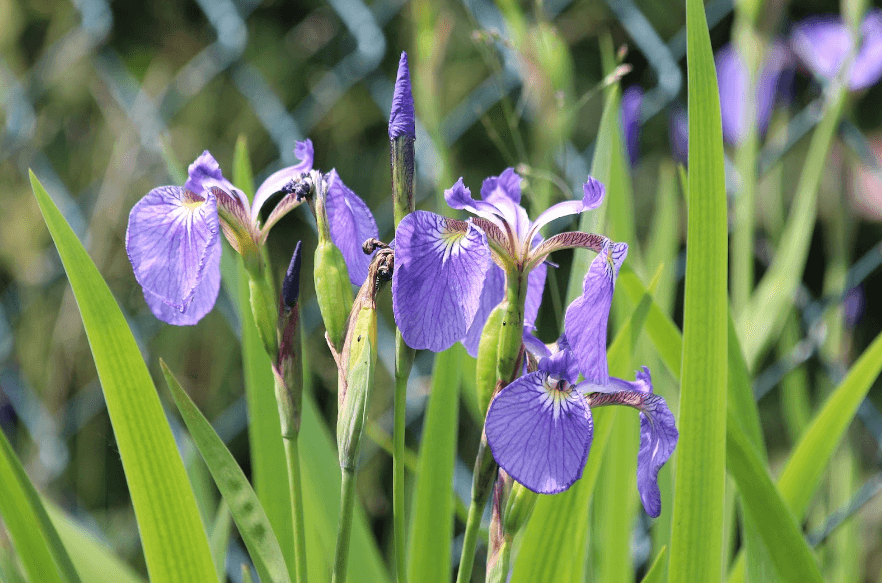
Iris is one of the most popular bulbous flowers. Plants are unpretentious, grow in one place for many years in a row, known for abundant and long blooming and good overwintering in the open ground. Japanese irises are the most decorative species of those.
If you’re wondering how to make soil more fertile for these flowers, consider providing a slightly slightly acidic soil and a moderate amount of moisture during flowering. The rest of the time they are quite tolerant to dry conditions. For full growth and flowering, irises need sun and regular but moderate watering to ensure enough soil moisture. Watering is performed when the soil around the plant is completely dry. It is important to perform irrigation during the formation of buds.
Japanese iris is a perennial plant, so care for this plant should be organized accordingly. It is better to get rid of weeds by hand to avoid damaging the roots, which are located not deep from the surface of the ground. Loosening the soil should also be done very carefully.
Hydrangea
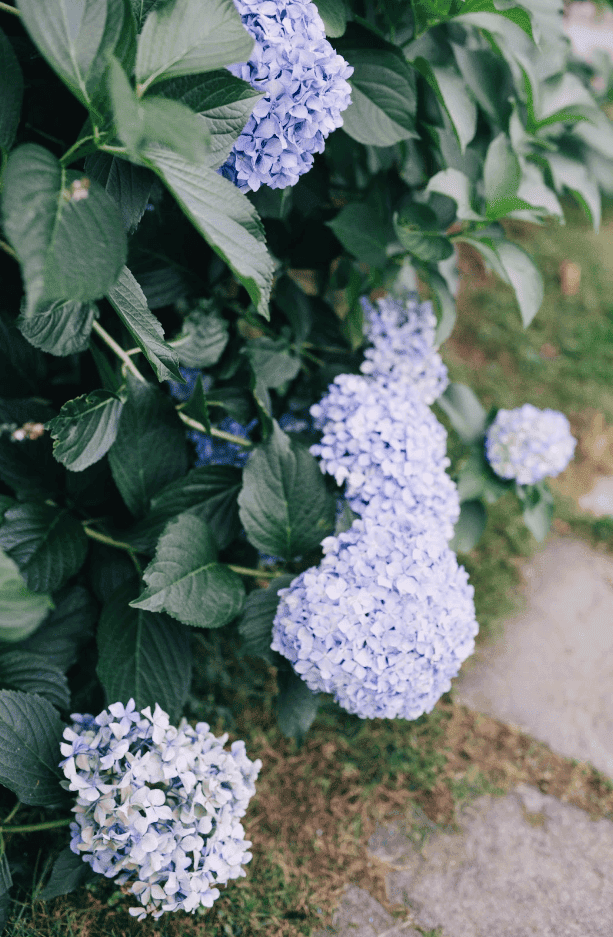
Hydrangea is an ornamental flowering plant and when growing it, you need to pay attention to the peculiarities of one species or another. To create a colorful garden and a unique design, you can plant just one type of hydrangea in a group planting. Then simply change the acidity of the soil under all the bushes, and you’ll get a real extravaganza of colors. The plant naturally lives near bodies of water, so it is quite difficult to overwater. Sufficient soil moisture content is a vital necessity for hydrangeas.
Hydrangea likes bright places, but exposure to direct sunlight will cause burns and loss of decorativeness. Choose a spot with light shade during hot times. Organic fertilizers are not the best choice for these flowers. The shoots begin to grow vigorously, but flowering may not occur. Choose a mix of mineral fertilizers.
Choisya or Mexican Orange Blossom

In Mexico, it is an evergreen shrub up to 3m tall. To grow it in your garden, you will need to ensure the plant gets sufficient light, especially in winter. This is explained by the fact that in their native land these plants grow on the slopes of mountains, rising up to 2000m above sea level, which also explains their good resilience to winter temperatures.
It is also necessary to provide the plant with reliable drainage and to choose the right planting mixture. Apart from fertile soil, proper watering is also important: it should be abundant, but quite infrequent — only after the top layer of soil has dried out. More so, irrigation water should always be soft, with a minimum of lime.
Chinese Peony
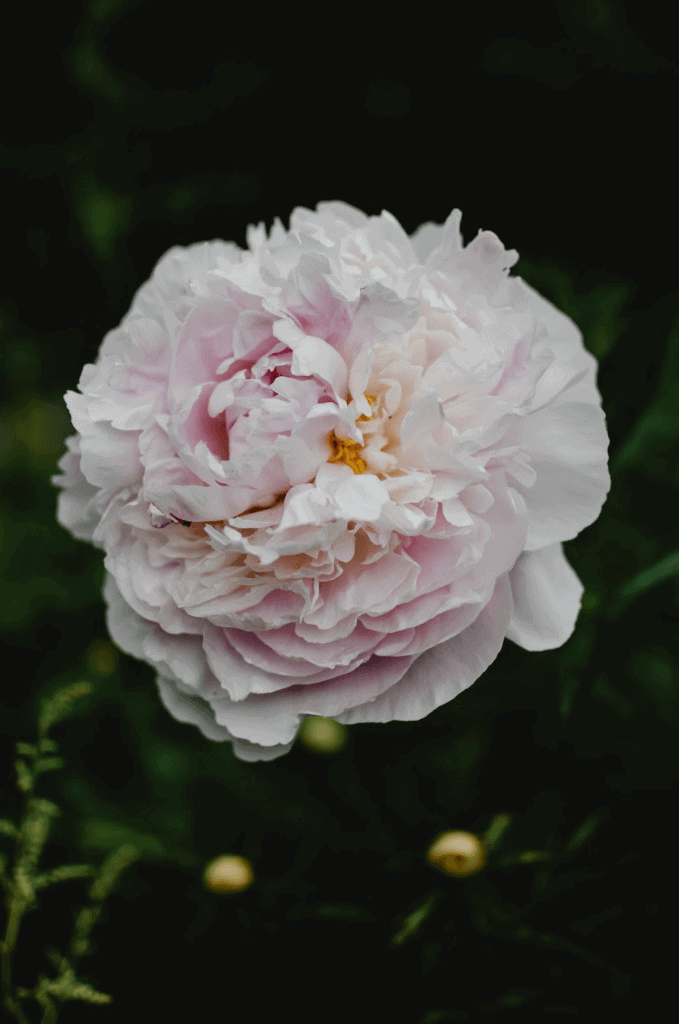
The tree peony or a Chinese peony is a shrub that varies in height from 150 to 200 centimeters. Unlike herbaceous peony, the stems of such a plant do not fade in the fall, and every year they grow more and more, and over time the bush becomes hemispherical in shape.
The plant should be timely watered, the soil needs to be loosened, and weeds removed. Watering should be done once every 2 weeks, with 6 to 7 liters of water per bush to ensure the moisture content of soil is sufficient. If the weather is hot and dry, increase the frequency of watering. In August, we should water less and less each time until the watering is stopped.
If you are wondering how to make soil fertile for these plants, keep in mind that they need plenty of nitrogen and potassium for normal growth and development. When the period of intensive growth begins, these plants need nitrogen fertilizers, and from the beginning of budding to the end of vegetation, tree peonies need large amounts of phosphorus and potassium fertilizers.
Allium
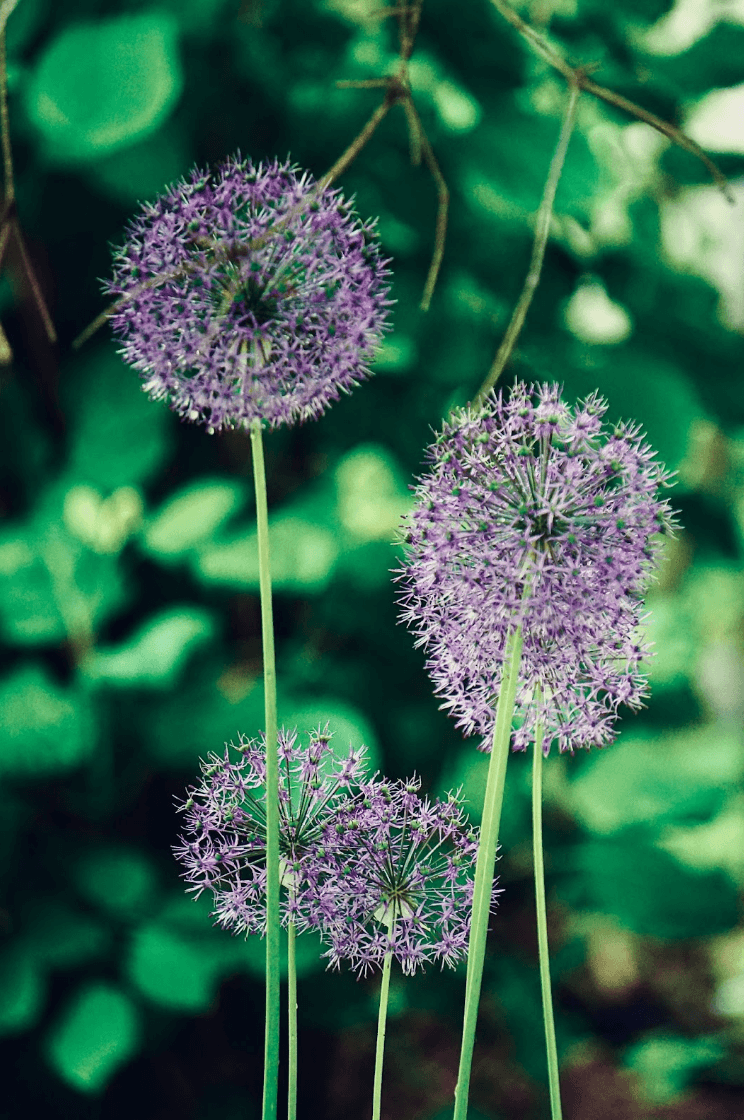
Gardeners cultivate about 130 species of this plant. This flower will become a highlight of any garden. Growing allium is easy enough, because it is unpretentious in care. Remove weeds in time, regularly loosen the surface, and during the growing season cover it with a layer of mulch. In terms of soil moisture factor, allium needs to be watered moderately, and it is one of those plants that can better tolerate a brief drought than stagnant water in the ground.

